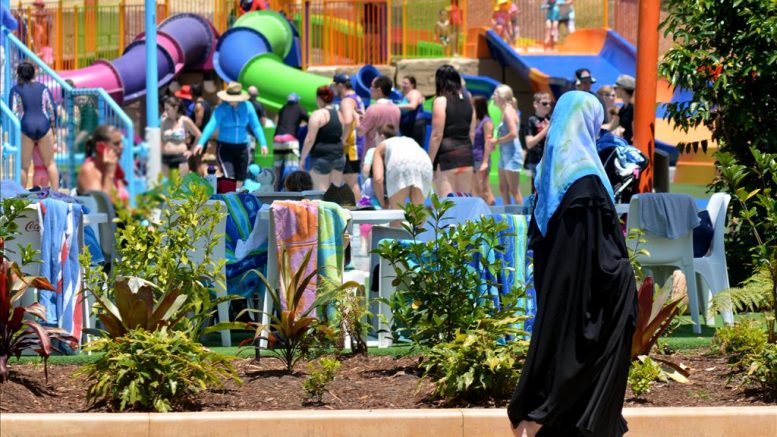There is a paradox about Australia being used by Brexiters as the exemplar of a fit-for-purpose system for reducing immigration.
Australia certainly has a prescriptive and, in the case of its humanitarian immigration program, a highly discriminatory system.
Targets are set each year, onerous conditions are imposed on the provision of visas and on people who arrive uninvited – even if they are fleeing for their lives – and they can end up in indefinite detention in nearby Pacific island countries.
But despite this, Australia is a very high immigration country, with immigrants making up just under 30 per cent of a population of 23 million (compared to 11 per cent of 64 million in the UK), according to official Australian Immigration Department figures.
In the past year just under a million foreigners (migrants, refugees and asylum seekers, temporary skilled workers, students and backpackers) have been permitted to come and live, study and work in Australia, with many of those not immediately accepted for permanent settlement given every chance of obtaining it in future years.
Currently, Australia has an annual target for new permanent residents of just under 200,000.
In the 21st century immigration has accounted for well over half of Australia’s annual population growth.
For intending immigrants there are some big hurdles to be negotiated: Australia has an almost Orwellian system of restrictions and controls on the freedoms of new arrivees.
Apart from the asylum seekers arriving in Australia as the result of unauthorised boat arrivals (their treatment justifed as destroying the business model of people smugglers), Australian authorities control many aspects of the lives of immigrants on both short-term and long-term visas.
For example, the largest single category of foreigners, apart from students, permitted into Australia are skilled workers admitted only on condition that they work in regional areas. If they choose to leave the area prescribed in the visa it is no longer valid.
The Australian public is little troubled by the “commoditisation” of immigrants as instruments of the economy. But this is hardly surprising, given that there is limited public sympathy for the harsh plight of asylum seekers, even though the vast majority of them are found to be genuine refugees.
Yet, despite all this, and the presence of an anti-immigration party – the One Nation Party – in the national parliament, Australia continues to develop as one of the world’s most successful multicultural nations.
In 2011 Asians – from China and India – overtook the British as the largest cohort of Australia’s annual permanent migration intake.
But hardly anyone noticed because the new target of the anti-immigration forces was Muslims. This, despite the fact that just 2 per cent of the population is Muslim, and that Hinduism is a much faster growing religion in Australia than Islam.
By Geoff Kitney
Chief-Exec.com
DataBox Article




